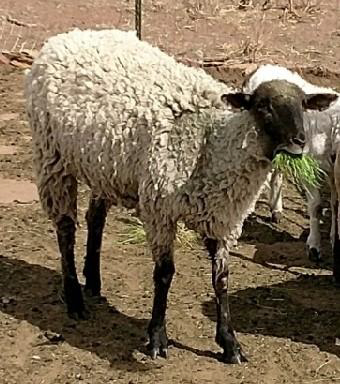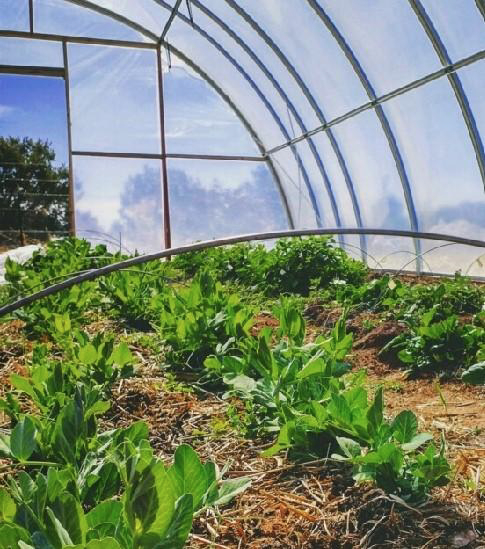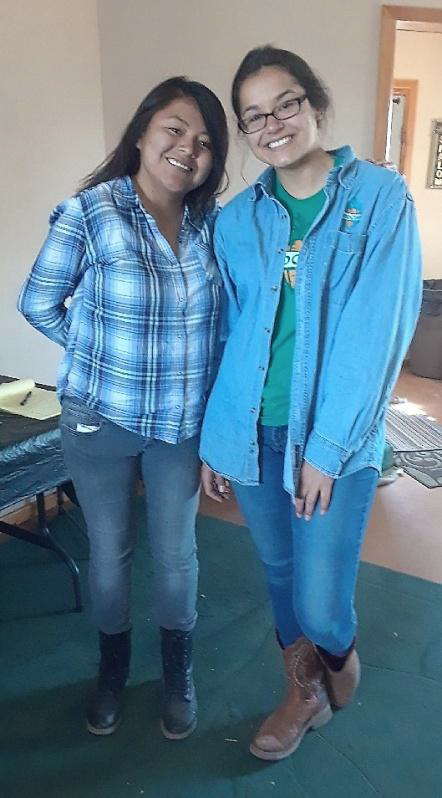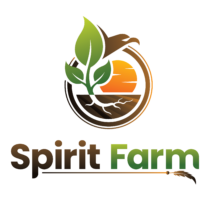Thank you for your interest and concerns regarding our intention to gain ground of mastering the soil and running a farm that helps people see the importance of raising their own food and animals. The impact of creating a small ecosystem with practical applications has put our hard work at a place where people are getting a glimpse of possibilities as well as healing. Native people and people in general are seeking an alternative lifestyle to get grounded and seek a different path than the busy contemporary lifestyle void of a bottomless pit of disparity and endless grind. This is happening all over the world by taking hold of a regenerative path towards self determination and re-indigenizing the sweet smell of the earth and feel of the soil full of a balanced biology.
The compost that we are creating is a key component in re-establishing the water systems as well as removing the carbon haze that restricts the “natural” deposit of the precious water we so desperately need in the Southwest. Our intention is to engage ourselves even more with the impact of returning back to our ancient ancestors’ traditions of growing food and master the art of contemporary procurement to reconnect and reapply the ancient cosmology.

Our focus with the animals is to produce “clean meats”. It entails feeding the animals food free of GMOs and fertilizers, in addition, butchering them with respect. A huge part of our feeding methods involve fermenting their foods (removes the toxins and fertilizers from the grains, while making the proteins and nutrients more available for their bodies to absorb) and the other method is foddering.
While fermenting grains is quite easy, foddering on the other hand is labor intensive. Foddering entails sprouting and growing grains such as wheat and barley until they grow about 4 – 6 inches tall and look like grass. This process takes about 10 days from start to finish. The nutrients and proteins increase in this process and are again more fully absorbed by the animals. It is a new approach for many of our local Native communities, and one in which many are quite interested. Both methods are clean sources of feed, very affordable and one of the most inexpensive ways to feed animals. Currently on our farm we have 40 chickens, 9 turkeys, 4 ducks, 9 pigs and 13 sheep and 3 angora goats.

This year has been a challenge for growing plants, as the lack of rain and drought conditions has hit us quite hard over the past year. We haul 5 to 7 loads of water each week to keep our home, animals and plants hydrated. We get the water in Gallup, a 20 mile one way trip. Last year we planted in 2 large gardens, but this year we are focusing on only one garden due to the limited water supply. So we are finding a number of ways to maximize the one garden we are planting.

In May, we had the opportunity to visit a very productive, non-till farm in Northern California, Singing Frogs Farm – owned by Paul and Elizabeth Kaiser. There were a total of 7 of us locally, representing 5 nonprofit organizations, that experienced the trip and returned home with renewed vision of how we can increase production in our own gardens as well as begin sharing those ideas and vision with others. Paul and Elizabeth shared so many applicable ideas that we have begun to put into practice at our farm, and has been a huge influence on how we are strategizing to maximize our growing output. We also had the opportunity to visit CERES garden and kitchen, along with the garden at the Federation Indians of Graton Rancheria. Both visits provided a lot of information and were very inspirational for the group.
Our focus this year is to produce the majority of foods that we eat in summer/fall from our farm. We are also promoting regenerative agriculture on our farm and participate in many discussions with other folks and organizations on this topic. In the past, people have been able to sustain themselves on plots of land, but our lands are depleted beyond sustainable anymore, and therefore, Regenerative Farming is a broader form of working the land that is inclusive of our focus of Healing the Soil.
We continue to have a lot of visitors to the farm. Many Native folks and organizations are intrigued with the farming methods for both animals and growing foods. Some are inspired to start growing, others inspired to change methods, and yet others are in need of therapeutic touching and working with the soil and spending time with the animals.

In April, 175 School children (K-3rd grade) and chaperones spent several hours working on the farm, applying what they have been learning in the classroom on Healing the Soil. We are working with two local young ladies, Val and Tai, who led this school group, to create a curriculum loaded with interactive activities for grades K-8 on Healing the Soil. We have been asked to teach about Healing the Soil a number of times in a number of communities and events thus far this year on the Navajo reservation, and have several events scheduled in the coming months. There is a real desire and interest with Native people to farm, and incorporate living values. Native peoples easily take to Healing the Soil as it creates a living picture of the Life that exists in the Soil. This understanding penetrates deep into their being on several levels, not just the physical, but also on a spiritual platform, and reconnects them to their Native cosmology (Native identity).
Our most recent and very passionate development finds the two of us spear-heading a collaboration of several local Non-profit organizations. Together we are developing strategies that supports growers and farmers with the intentional vision of providing Nutritional Rich Foods as Health Energy and Medicine Meals on as many local tables and school cafeterias as possible. With the high numbers of diabetes in our local communities, we are strategizing ways we can use the nutrient rich foods of the local growers to improve the health our community. Keep us in your thoughts and prayers as we develop plans together and raise funds to support and implement these strategies.
As an organization we are currently at a financial crossroad. Our general budget for Covenant Pathways is depleted which pays for part time help here on the farm, provides many of the materials needed to keep things afloat and moving forward, including supplementing both of us with stipends that pay our bills. We have depleted our personal savings to be able to put much effort into the farm and workshops. In whatever capacity we will find ourselves supported financially, we will continue to move Healing the Soil forward and impacting as many folks as we can.


